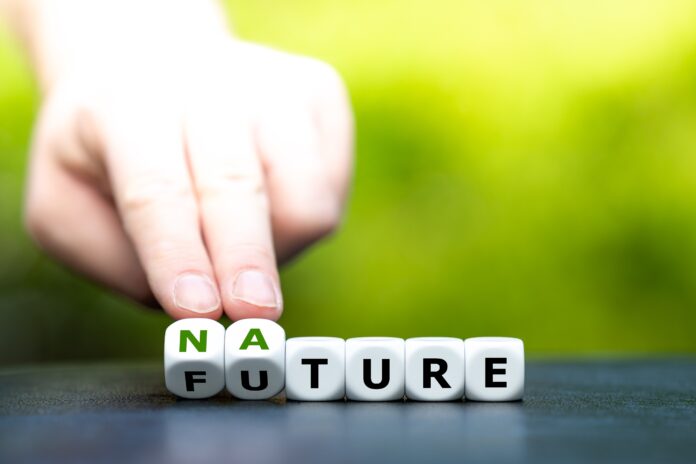More than two-thirds of total emissions arise from the supply chain – surely this is a killer app for AI in telecoms?
It is estimated that global telecoms infrastructure accounts for between 1 and 2% of the world’s energy consumption. European operators make much of their green efforts and credentials – how much of that is genuine and how much is greenwashing?
On the just published FT-Statistica’s list of Europe’s Climate Leaders 2023, Sweden’s Tele2 and Telia, and Germany’s Deutsche Telekom were the top three, in that order. They apparently reduced greenhouse gas emissions from their in-house operations and from the energy they bought – known as Scope 1 and 2 emissions – by an impressive 99%, 96% and 93%* respectively between 2016 and 2021.
However, there are just seven telecoms companies in the top 100, and 5G could consume up to 140% more energy than 4G because higher frequencies require more antenna. Also, data traffic is expected to continue to rise sharply and more devices will be connected to the internet as more of the world’s population gets online.
The biggest burner
However, Scope 1 only represents 3.2% of the total carbon footprint of Europe’s 15 largest telecoms groups by market capitalisation, the FT says, citing S&P’s Global Market Intelligence. Scope 2 is responsible for about a quarter.
By far the largest amount comes from the supply chain, referred to as Scope 3, that is, from the supply of products and equipment with network and network equipment manufacturers and device makers generating most of the emissions.
The 15 largest telecoms groups generated 36.6 million tonnes of CO₂-equivalent as part of their Scope 3 emissions in 2020 alone, versus 1.6 million tonnes from Scope 1 during that year. Put another way, more than 98% of Tele2 Sweden’s total emissions, 90% of Telia’s 98% of Deutsche Telekom group’s emissions came from Scope 3.
Clearly operators need to exert more pressure on their suppliers – and many are striving to do so – to become more sustainable as a formal part of their procurement process and a substantial part of the weighting in tenders.
Vendors are acting
In fairness, some vendors are making big strides – Ericsson is way up the FT-Statistica leaderboard and looking at energy consumption in a more holistic way, for example including control of so-called passive components of infrastructure in mobile networks, such as power supply and cooling units. Until now, power saving efforts in the RAN have mostly been about switching radio elements off in off-peak hours.
Smaller firms too, like Enea are playing a pioneering role – check out this webinar about countering the huge amounts of energy used to stream video, which accounts for most internet traffic.
The promise of AI
So far generative AI has been talked about mostly in telecoms in terms of customer experience, but surely a killer app for AI in telecoms is the burning question of energy consumption. And yes, AI itself does gobble energy, but work is underway to combat that too using existing hardware and software. We have the tech, we need to leverage it.
There’s plenty of room for improvement and innovation – operators and vendors need to make it happen.
* All numbers are rounded to the nearest whole number


